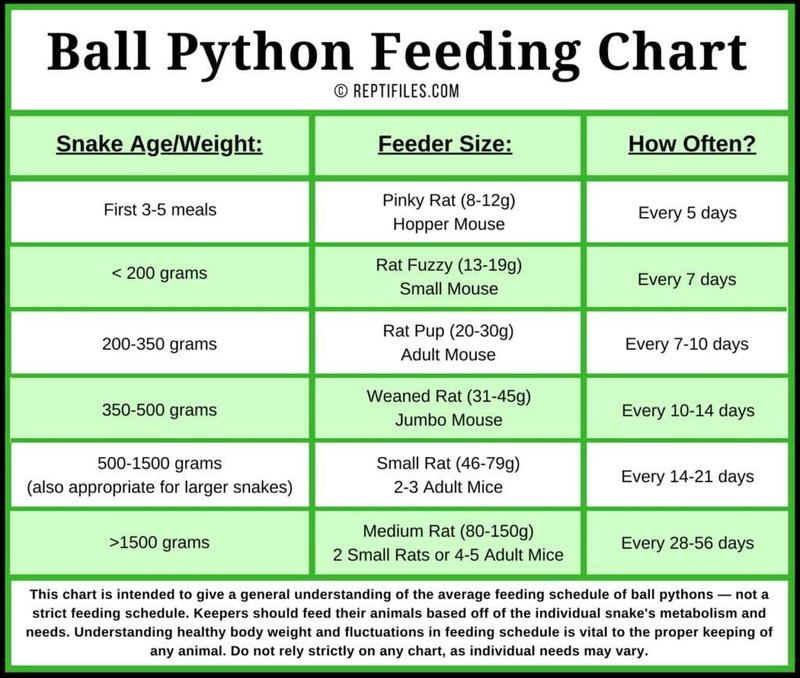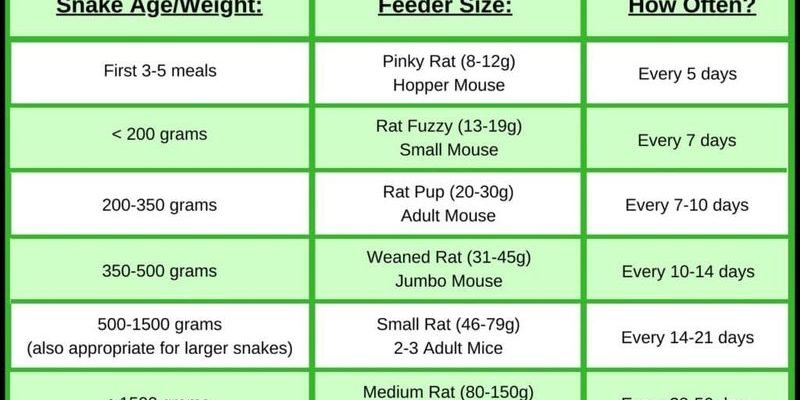
Feeding your ball python is more than just tossing in some food and calling it a day. It’s important to understand what they eat, how often to feed them, and what the best practices are for their health. This way, you can create a feeding schedule that keeps your ball python happy and healthy. Trust me, once you grasp the basics, it’s easier than you might think!
Understanding a Ball Python’s Natural Diet
Ball pythons are native to the grasslands and forests of West and Central Africa. In the wild, they typically hunt and consume small mammals. This might include rodents like mice, rats, and sometimes even birds. They have a unique method of hunting—using their excellent sense of smell and heat-sensing abilities to find their prey. When it comes to your pet ball python, you’re taking on the role of its “hunting partner” by providing its meals.
Rodents are the primary food source for ball pythons. This is why you’ll often see frozen or live mice and rats at pet stores. But here’s the thing—while it might be tempting to feed your ball python whatever you can find, sticking to their natural diet is key for their health. Feeding them the right size and type of prey can make a huge difference in their overall well-being.
Types of Food for Ball Pythons
So, what exactly can you feed your ball python? Here’s a quick rundown of the most common options:
- Frozen rodents: These are the safest and most common choice since they have already been humanely killed and are ready to feed.
- Live rodents: Sometimes, ball pythons respond better to live prey, but it’s vital to monitor the feeding closely to ensure safety.
- Pre-killed mice or rats: These offer a good balance since they mimic live prey without the risks associated with feeding live.
Each of these options can help satisfy your snake’s hunger while ensuring they receive the proper nutrients.
Feeding Frequency for Ball Pythons
You might be wondering how often you should feed your ball python. This can depend on a few factors, like their age and size. Generally, ball pythons have different feeding schedules based on their growth stages.
For hatchlings and juveniles, a good rule of thumb is to feed them every 5–7 days. As they grow, you can shift to longer intervals. Adult ball pythons usually do well on a schedule of every 10–14 days.
Here’s a quick reference:
| Age/Size | Feeding Frequency |
|---|---|
| Hatchlings (up to 1 year) | Every 5–7 days |
| Juveniles (1-3 years) | Every 7–10 days |
| Adults (3 years and older) | Every 10–14 days |
Keeping a consistent feeding schedule helps maintain your snake’s health and ensures they are getting the nutrition they need.
Feeding Tips for a Happy Ball Python
Now that you know what to feed and how often to do it, let’s talk about some tips to make feeding time a breeze!
1. Choose the Right Size: It might sound obvious, but the size of the food is crucial. Ideally, the prey should be about the same diameter as the thickest part of your snake’s body. If you feed something too large, it can lead to health issues.
2. Thawing Frozen Rodents: If you opt for frozen prey, it’s essential to thaw it properly. Place the rodent in warm water for about 30 minutes. This mimics the warmth of live prey and encourages your ball python to eat.
3. Feeding Techniques: You can use tongs or feeding utensils to offer the prey to your snake. This keeps your hands safe and provides a more natural feeding experience for your python.
4. Be Patient: Sometimes, your ball python might not eat right away. This can happen for various reasons like stress or environmental changes. If they skip a meal, don’t panic! Just try again in a week or so.
Creating a Relaxing Feeding Environment
Setting the right atmosphere for your ball python during feeding time can make a significant difference. First, ensure the habitat is quiet and comfortable. Snakes can be sensitive to loud noises and sudden movements.
Next, adjust the temperature in the enclosure. As reptiles, ball pythons regulate their body temperature through their environment, so a warm basking spot can help stimulate their appetite.
Lastly, try to keep feeding time consistent. This helps your snake understand when to expect food, reducing anxiety. If you can, avoid handling your ball python right before or after feeding—give them some space to digest.
Signs of Proper Nutrition
It’s essential to keep track of your ball python’s health and well-being. One way to do this is by observing their body condition and behavior after meals. A well-fed ball python should be active, have a healthy body weight, and show normal shedding patterns.
If you notice your ball python becoming lethargic or if it refuses to eat for multiple weeks, it might be a sign of stress or illness. Consult with a vet who specializes in reptiles to check for any underlying issues.
Pay attention to these signs:
- Active behavior: Your snake should be inquisitive and explore its habitat.
- Healthy weight: Feel for a slight curve in the body—if it’s too thin or shows signs of obesity, it may need a change in diet.
- Regular shedding: A healthy snake sheds its skin every few weeks, which is a good sign they’re getting enough nutrition.
Feeding your ball python doesn’t have to be overwhelming. By understanding their natural diet, adhering to proper feeding schedules, and creating a relaxed feeding environment, you can ensure that your snake gets the best care possible. Keeping an eye on their health and behavior after meals can also help you adjust their diet as needed.
Remember, every ball python is unique, so it might take some time to find a routine that works perfectly for you both. With a little patience and attention to detail, you’ll create a happy, healthy life for your scaly friend. Happy feeding!

